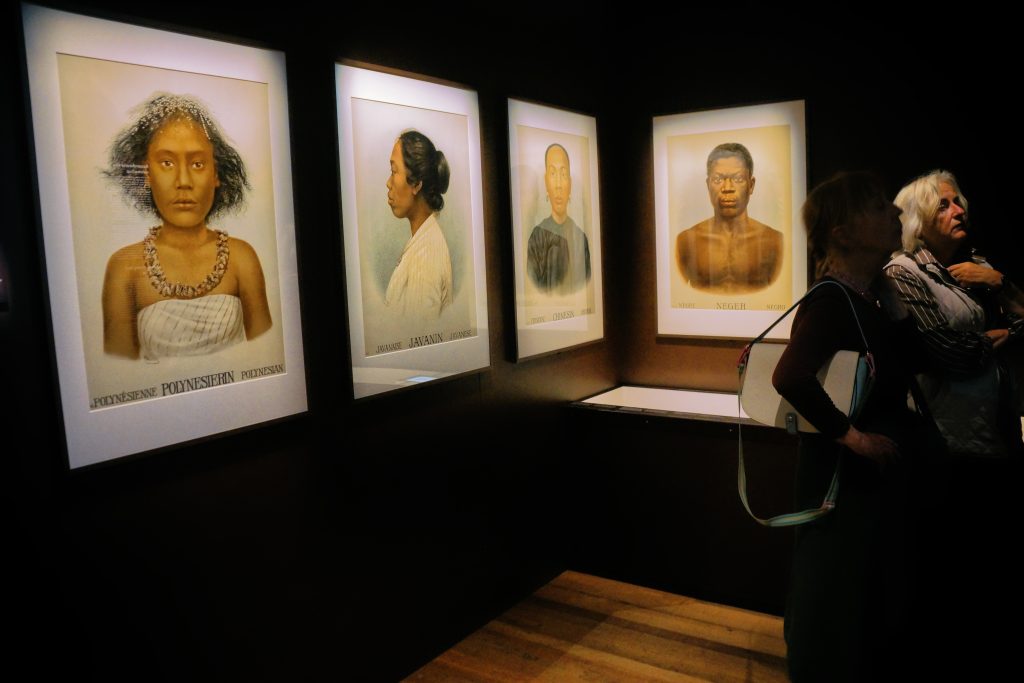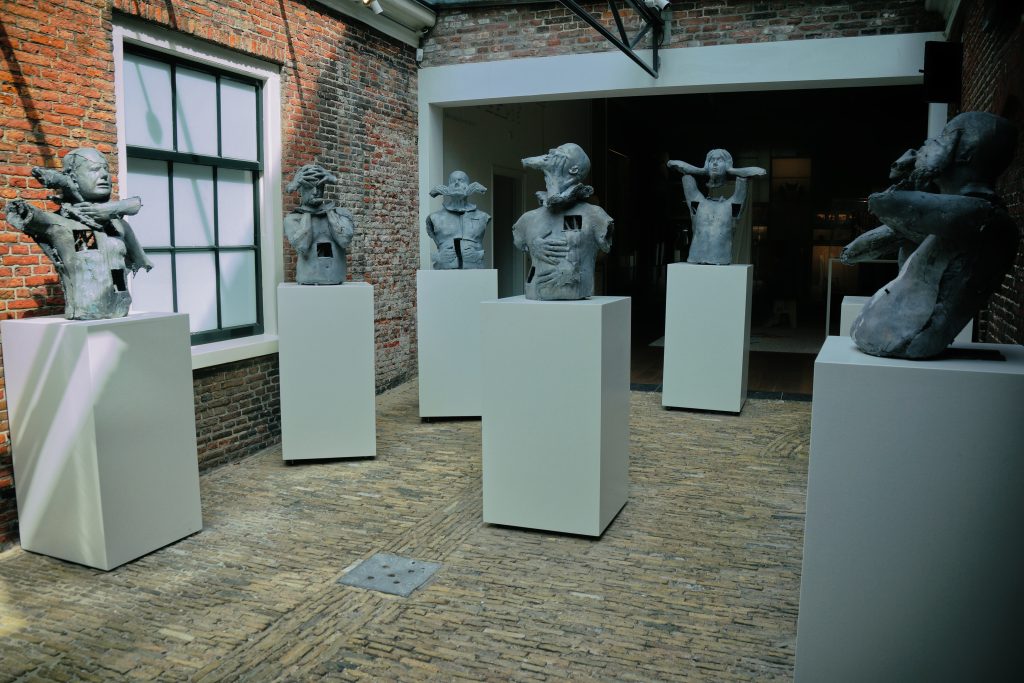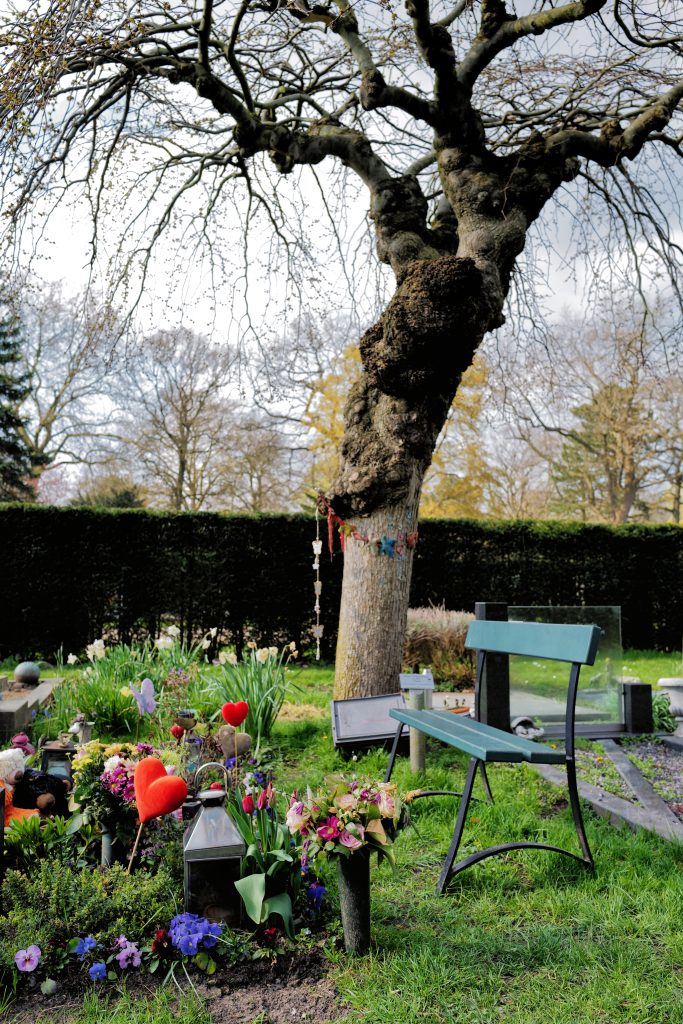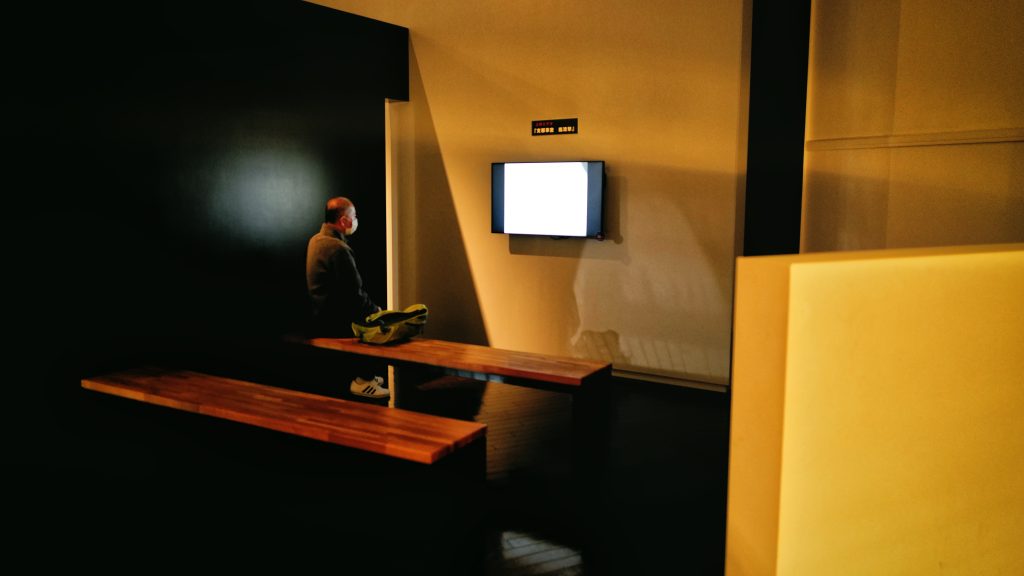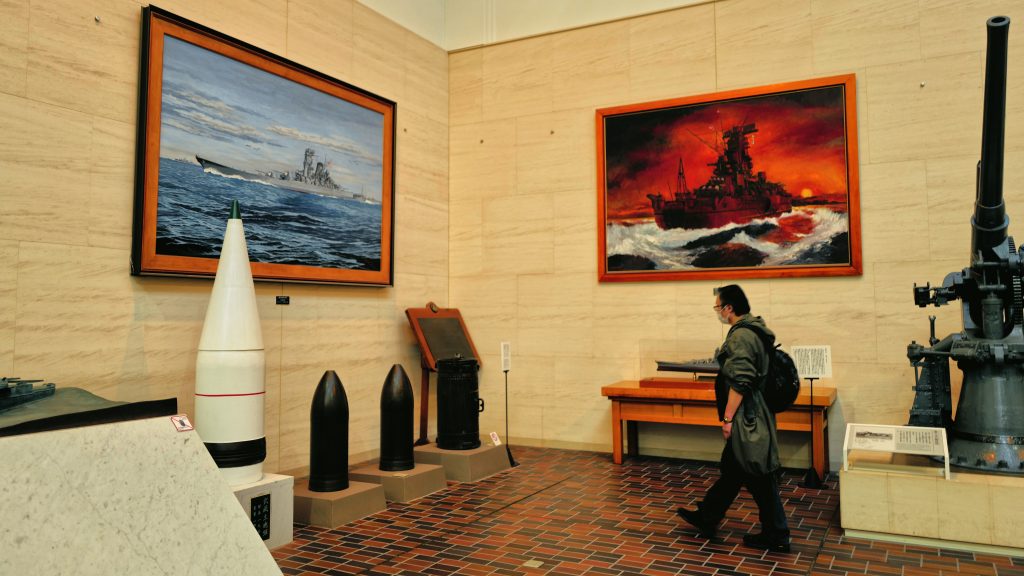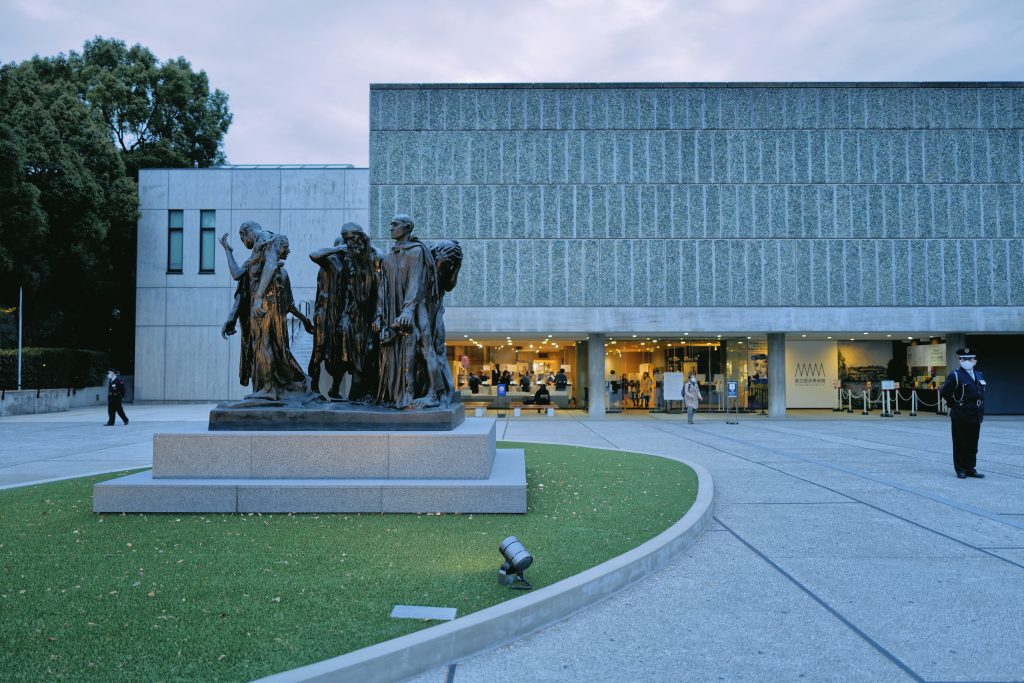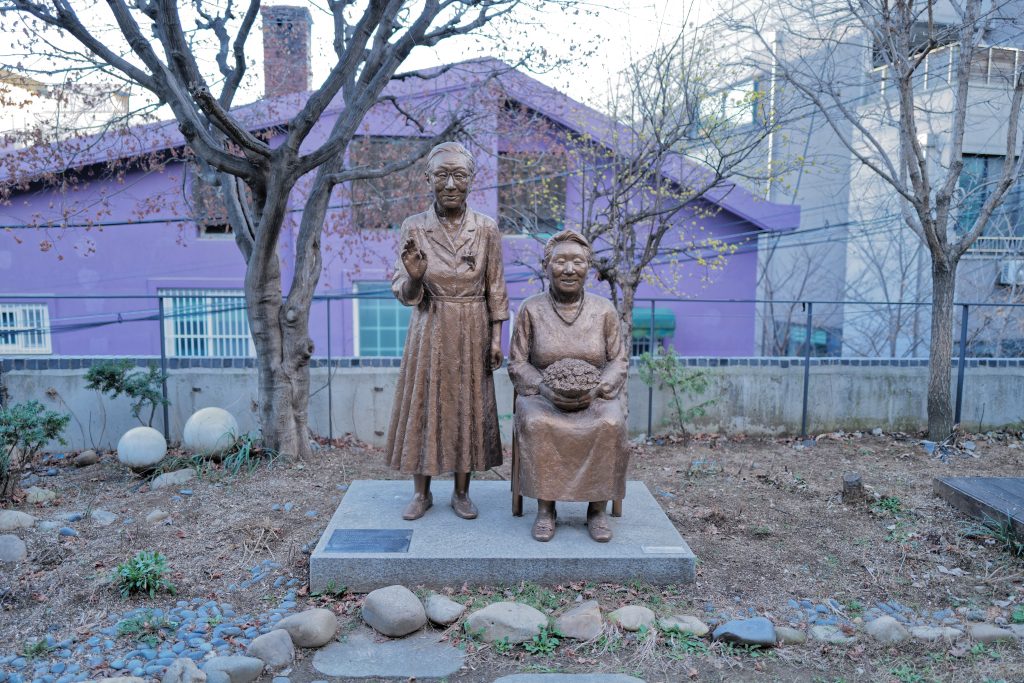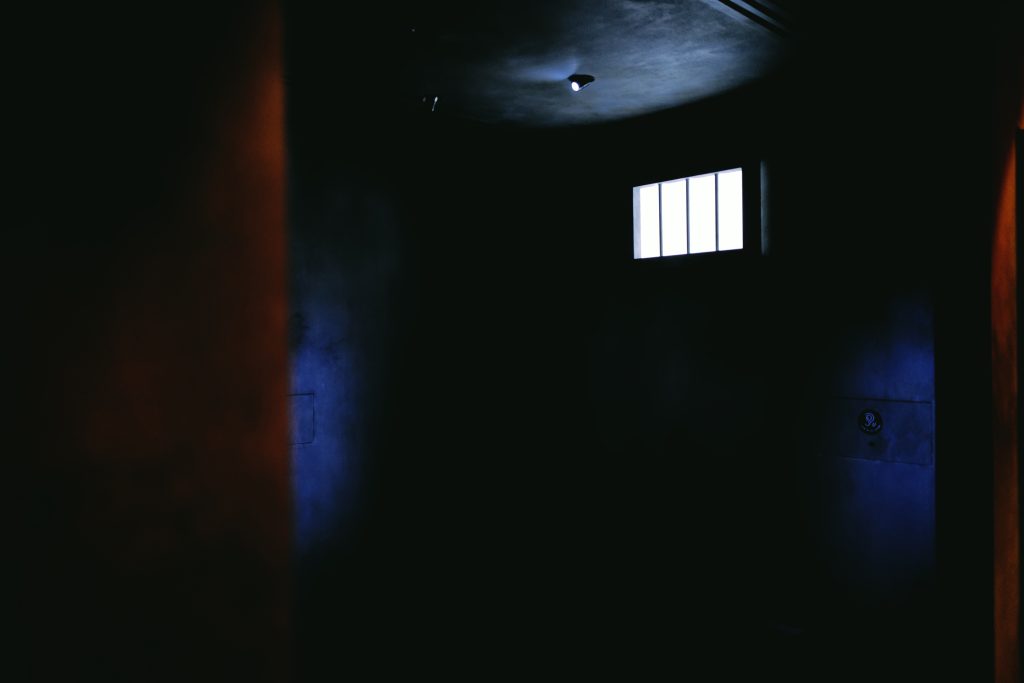Alexandra Sastrawati
An angle of sunlight hitting a stride through an arched window of National Maritime Museum in Amsterdam. Outdoors, by the jetty, on board a replica of the Dutch East Indiaman ship, tourists and residents bask in the warmth of the sun, paying no heed to the strong wind rustling their errant scarves. At Hokkaido Museum of Modern Art in Sapporo, a man gazes up at a line of lithe, snowcapped trees; a scenic interlude before returning his stroll through the special exhibition of the late Ainu artist Bikki Sunazawa. Somewhere in Seoul, at the foot of Mt. Sungmi, is where War and Women’s Human Rights Museum sits. I walk through the small museum, carrying the weight of halmoni’s lamentations with me as I step out to the garden. A makeshift exhibit: a pop of mauve and statues of two smiling comfort women, as though gesturing there can be both buoyancy and a husk of a former life.
Widening the aperture, I perceive injury on a vast spectrum—as an affective, political, ethical, and sensorial resonance. I examine museums as ethnographic sites (see Geismar 2015). No matter their moniker or representational category, museums are self-sensing worlds that telegraph reticently the trauma of war crimes; the burdens and pain of subjects who are bearing the brunt and making do; and the promissory note of healing and repair in the wake of imperial and colonial histories. This photo essay suggests emergent scenes of injury as it dwells and descends across cities, in ethnographic, war and art museums. By loosening the idea—and expanding the range—of injurious possibilities (Ralph 2014: 5), the photographs are a kind of poeisis attuned to arcane alter-political realities and positionalities, undisciplined histories, memory work and the contradictory, multivalent stories these may have provoked. Alternative pasts and futures are to be imagined.
This photo essay is improvised, what I would hope, thoughtfully. Its photographs are festooned from aleatory and planned sojourns in various cities and seasons. I had composed the photographs as visual bookmarks, meant to be tucked away in between unfinished chapters of my increasingly itinerant life. My curiosities have expanded beyond the island shores of my ethnographic field site and birth city, Singapore. The smallness of the city, in terms of geography and sometimes of collective minds, may have catalyzed my constant departures; yet it remains a great inspiration. I embarked to understand historical traumas of Singapore: how its past informs its dynamic, hypermodern present. Then this inquiry multiplies; more questions and provocations are later to be found in other postcolonial cities and cities of empire.
Across long distances, I do not go scouting for “injury,” although it may be adjacent to and constellate with concepts of interest such as violence, trauma, pain, and illness. No, I am mostly exhausted—this writer-ethnographer’s body, on the road. Teju Cole (2017) describes jet lag as chronological displacement: “you’re in duple meter, both here and there at the same time.” It is in this fatigue that I spend most time alone, where an inner grounding is embraced. I walk through museums—one last flânerie push before the mind shows pity and the body gives in. Museums become interlocutors, akin to people and built environments. Nurturing a piety to this solitude, coincidentally my eyes find new ways of seeing while the grounds of my heart implore new ways of mourning. I am awake, living in the wake of histories as they unfold, in duple meter, both here and there, in chorus.
Works Cited:
Cole, Teju. 2017. Blind Spot. Faber & Faber.
Geismar, Haidy. 2015. “The Art of Anthropology: Questioning Contemporary Art in Ethnographic Display.” In The International Handbooks of Museum Studies, edited by S. Macdonald and H. Rees Leahy, 183-210. Blackwell Publishing.
Ralph, Laurence. 2014. Renegade Dreams: Living through Injury in Gangland Chicago. The University of Chicago Press.
Alexandra Sastrawati is an essayist, artistic collaborator, and researcher. She is a Ph.D. candidate in medical and urban anthropology at Princeton University and a Young NUS Fellow at National University of Singapore (NUS)’s Department of Sociology and Anthropology. In addition to ethnography and quantitative social science methods, she works with archives and visual materials spanning the Netherlands, Britain, Japan, and Singapore. Her recent work is in e-flux Architecture.

